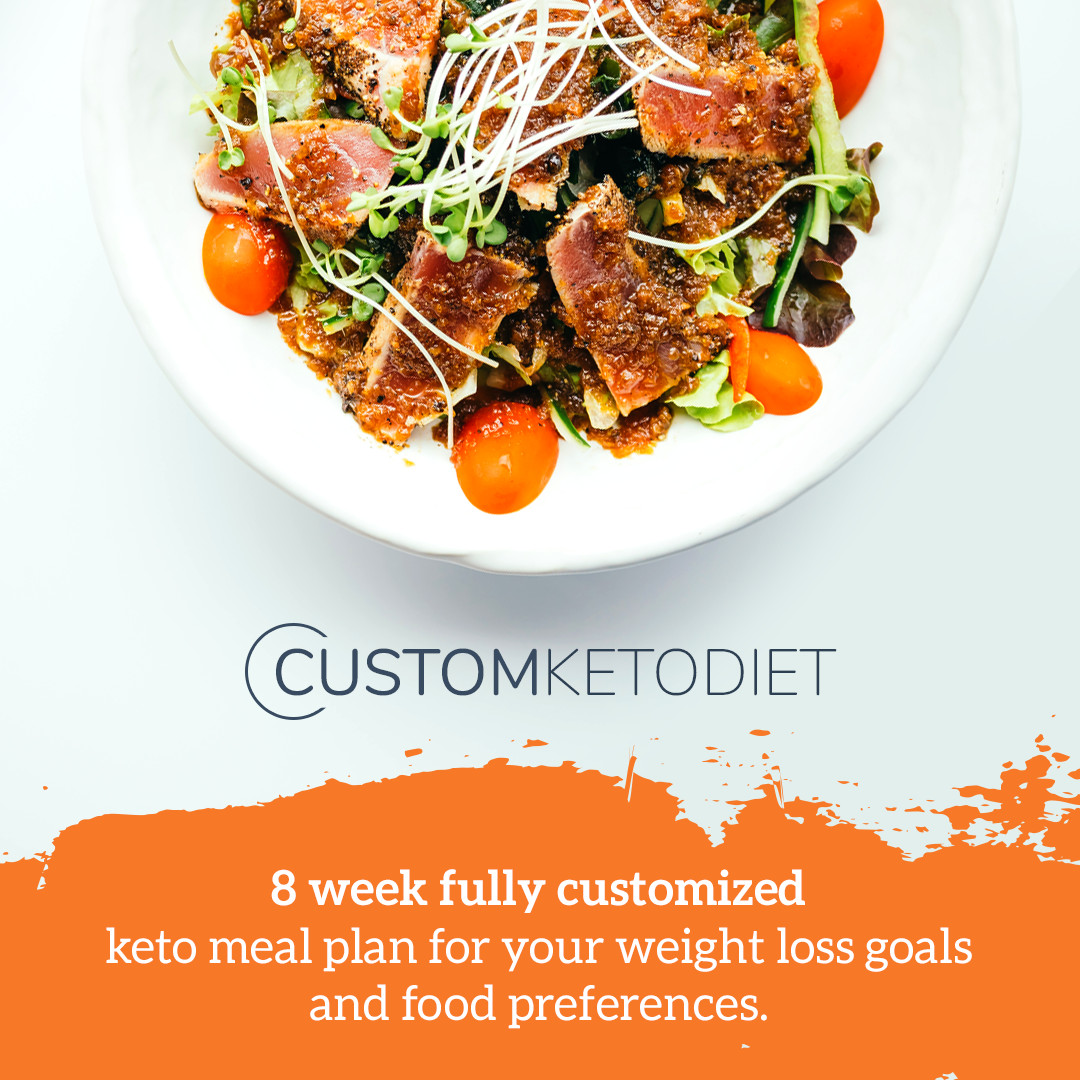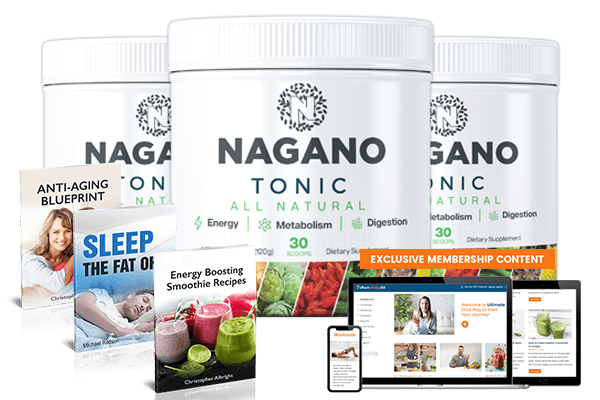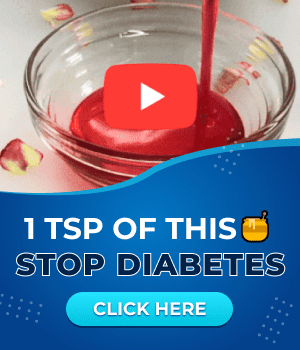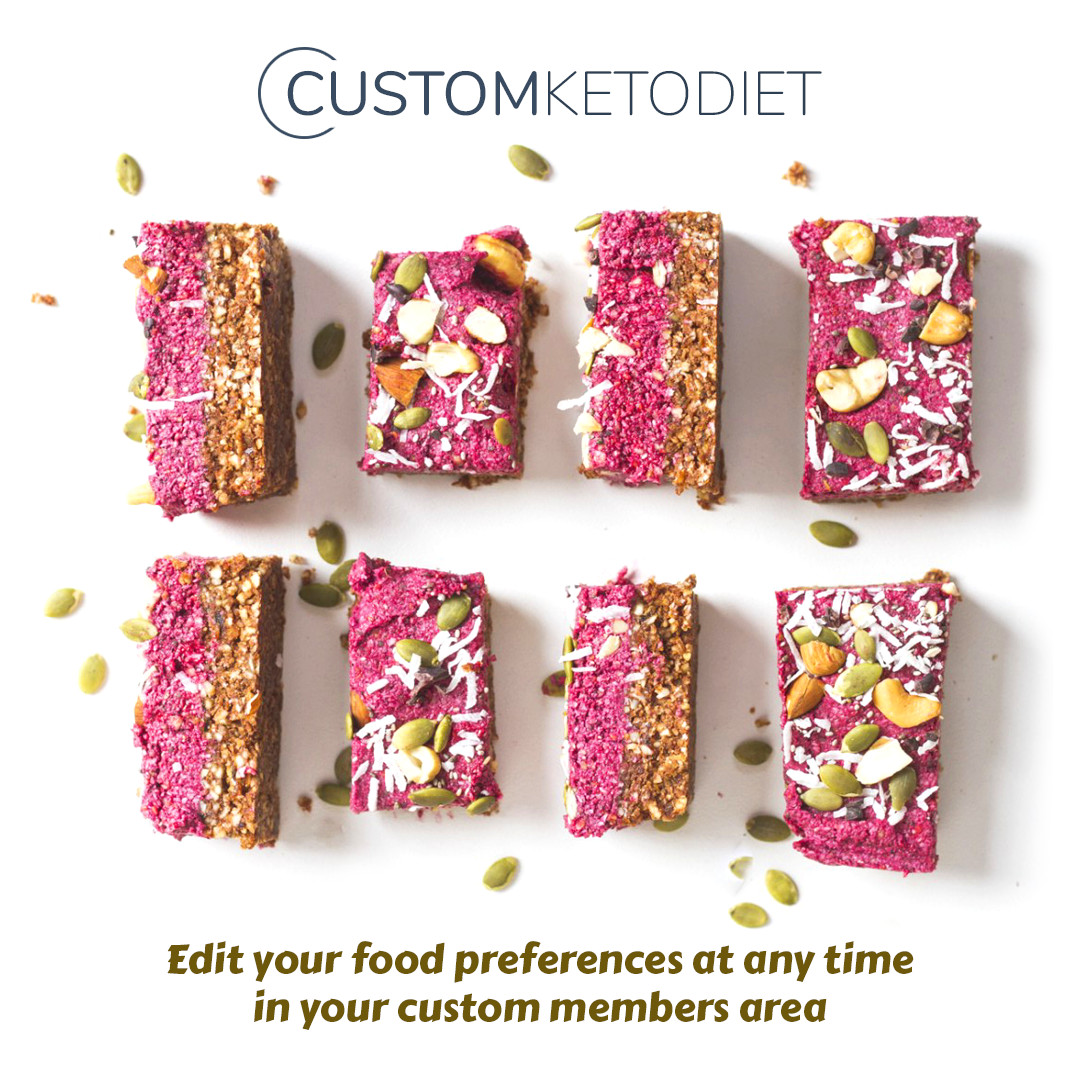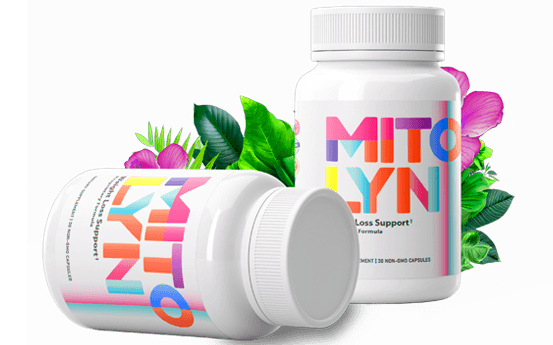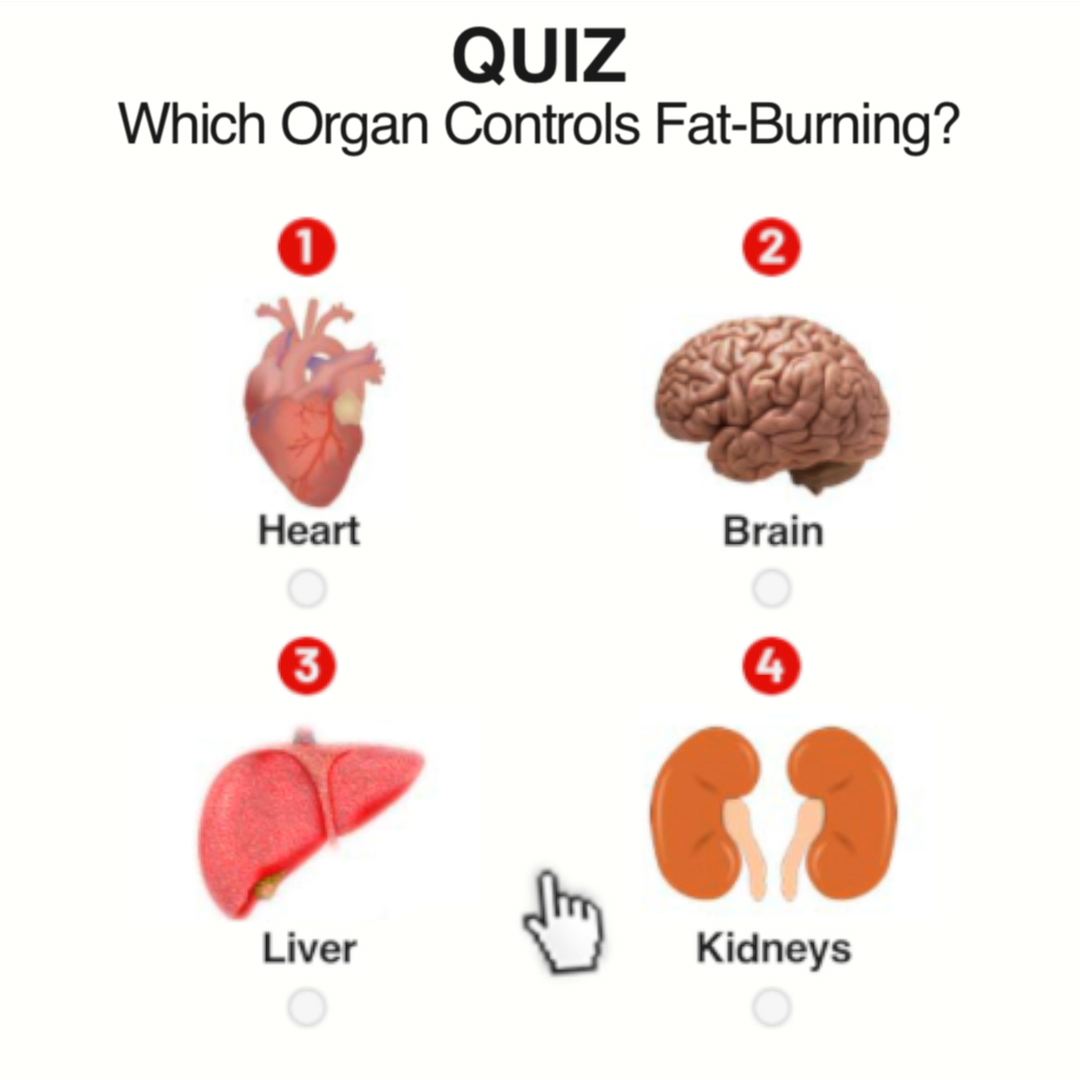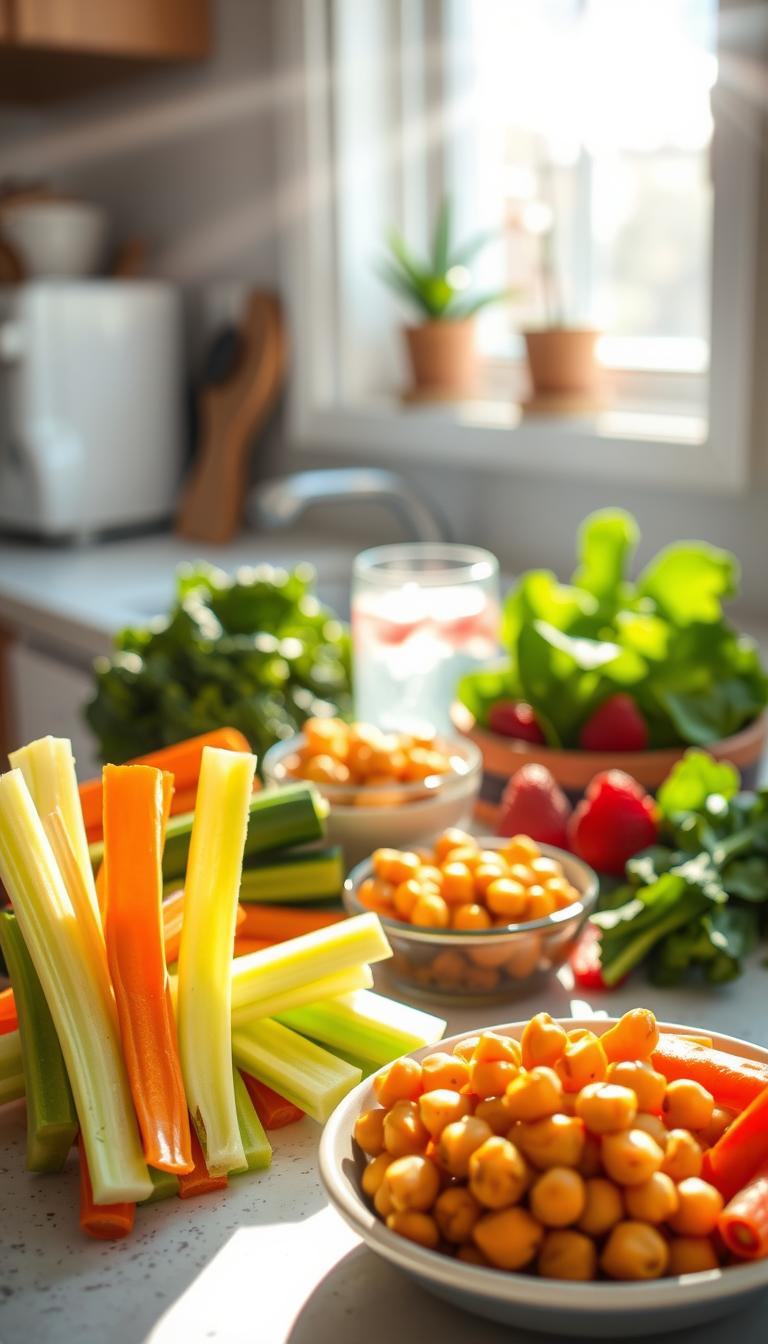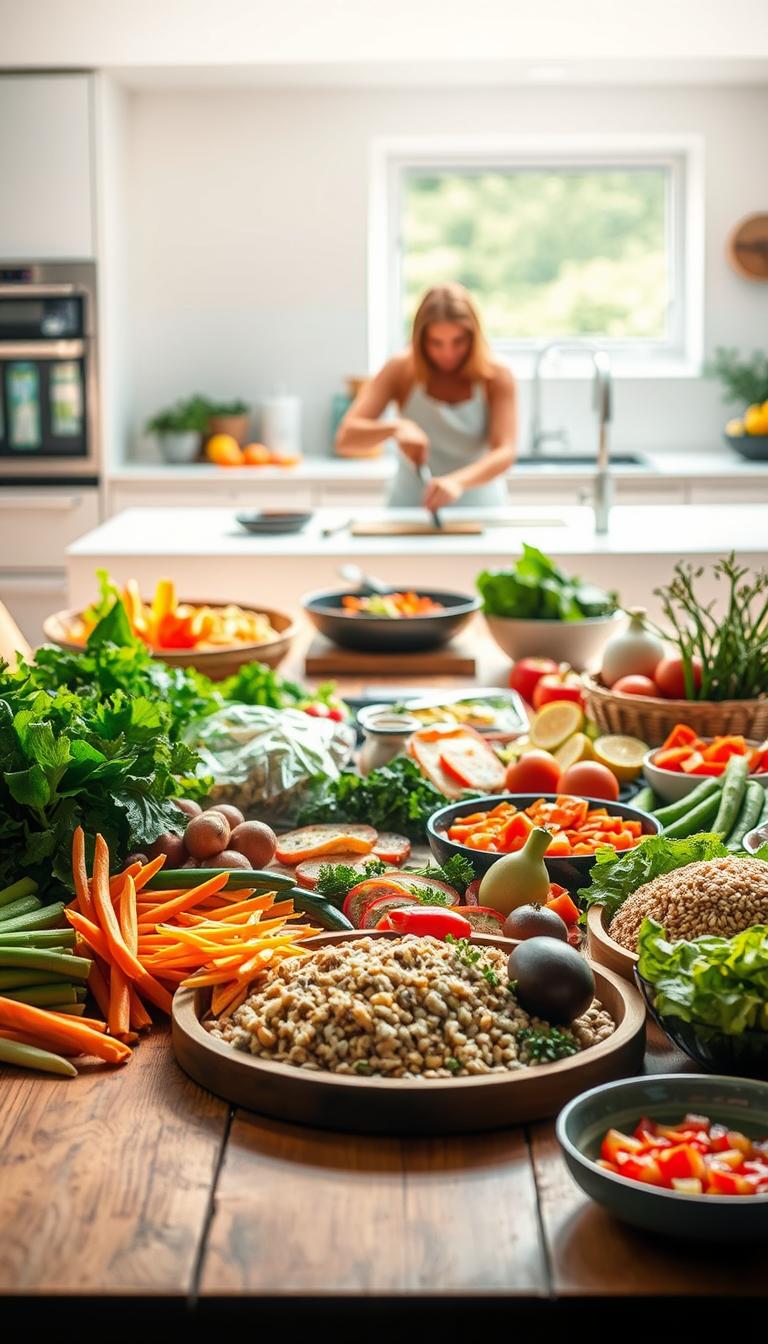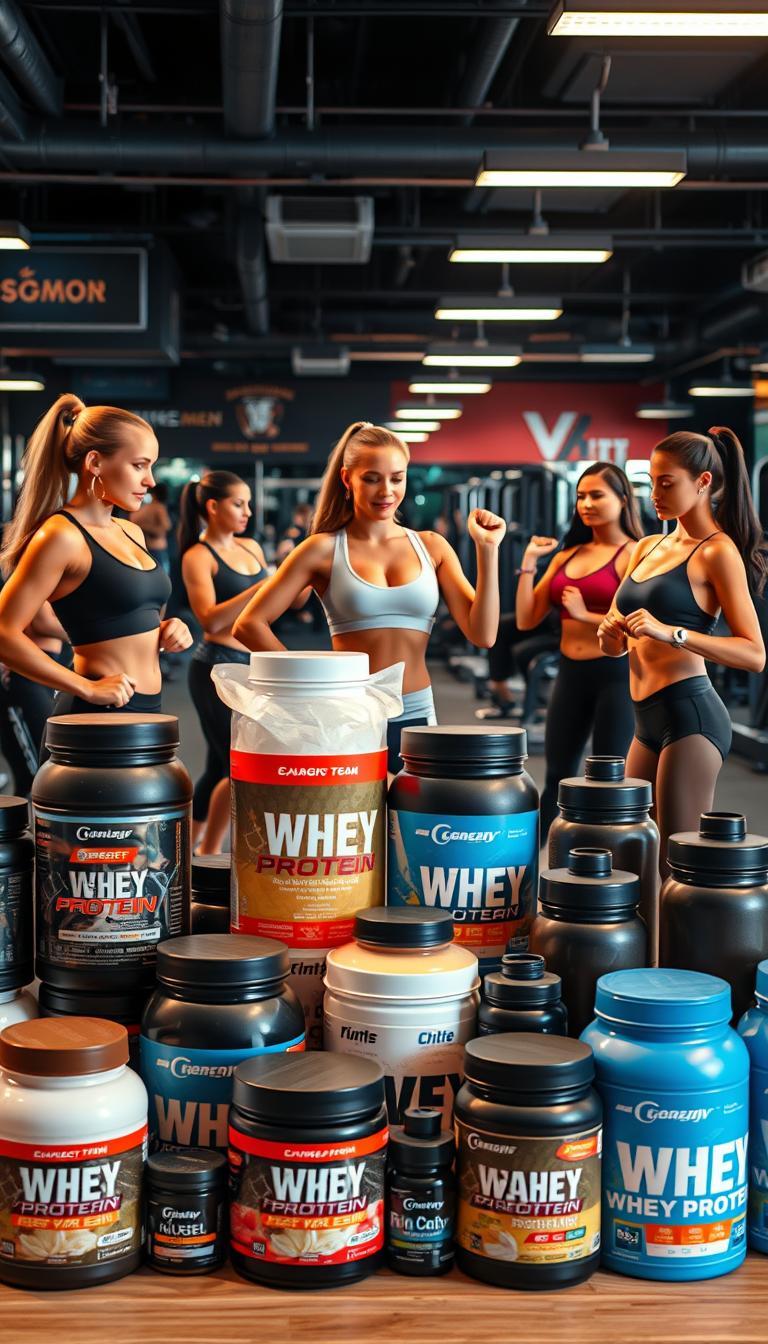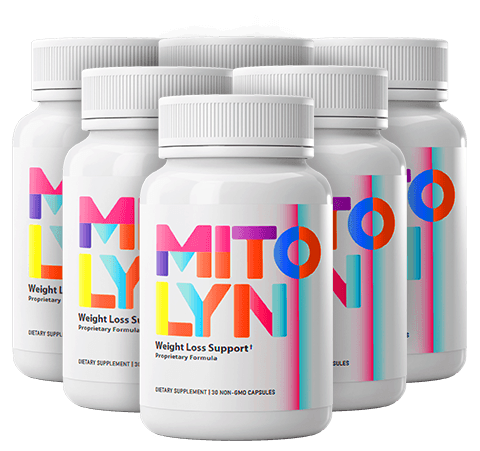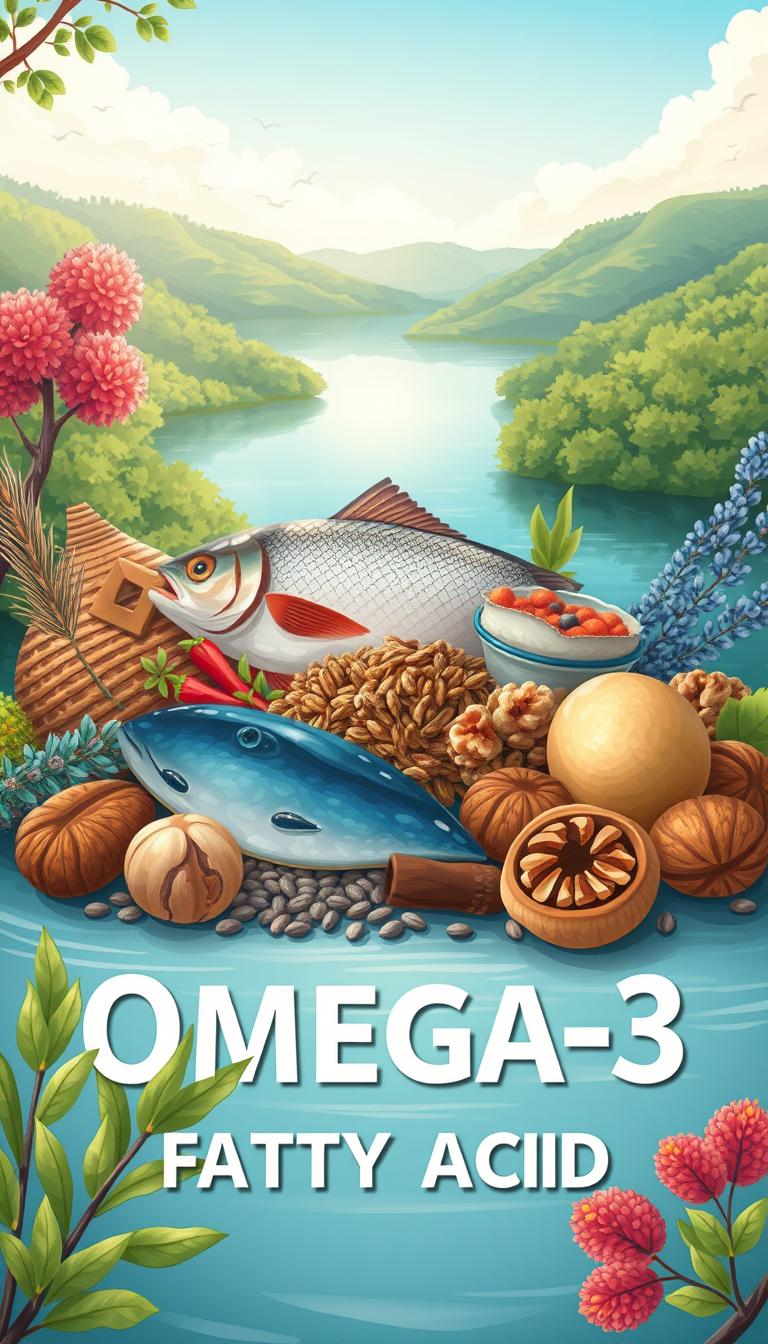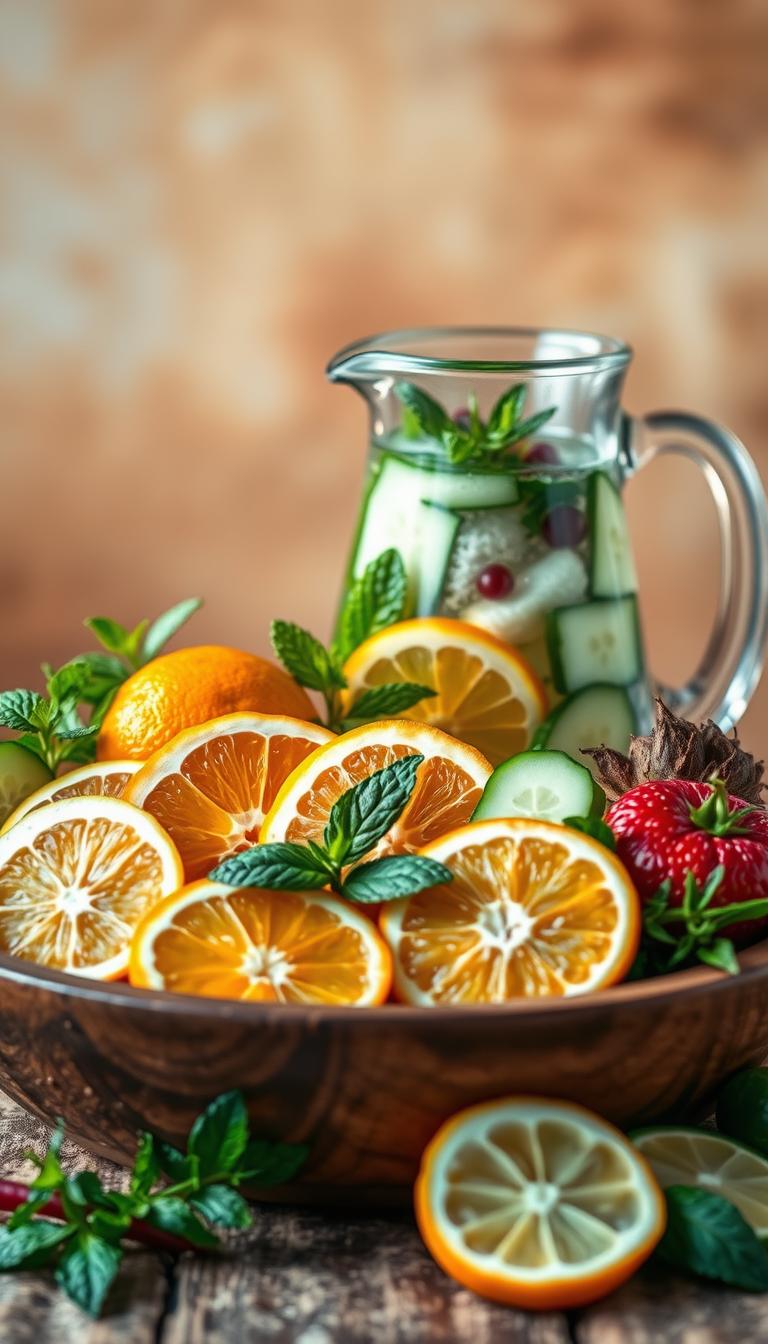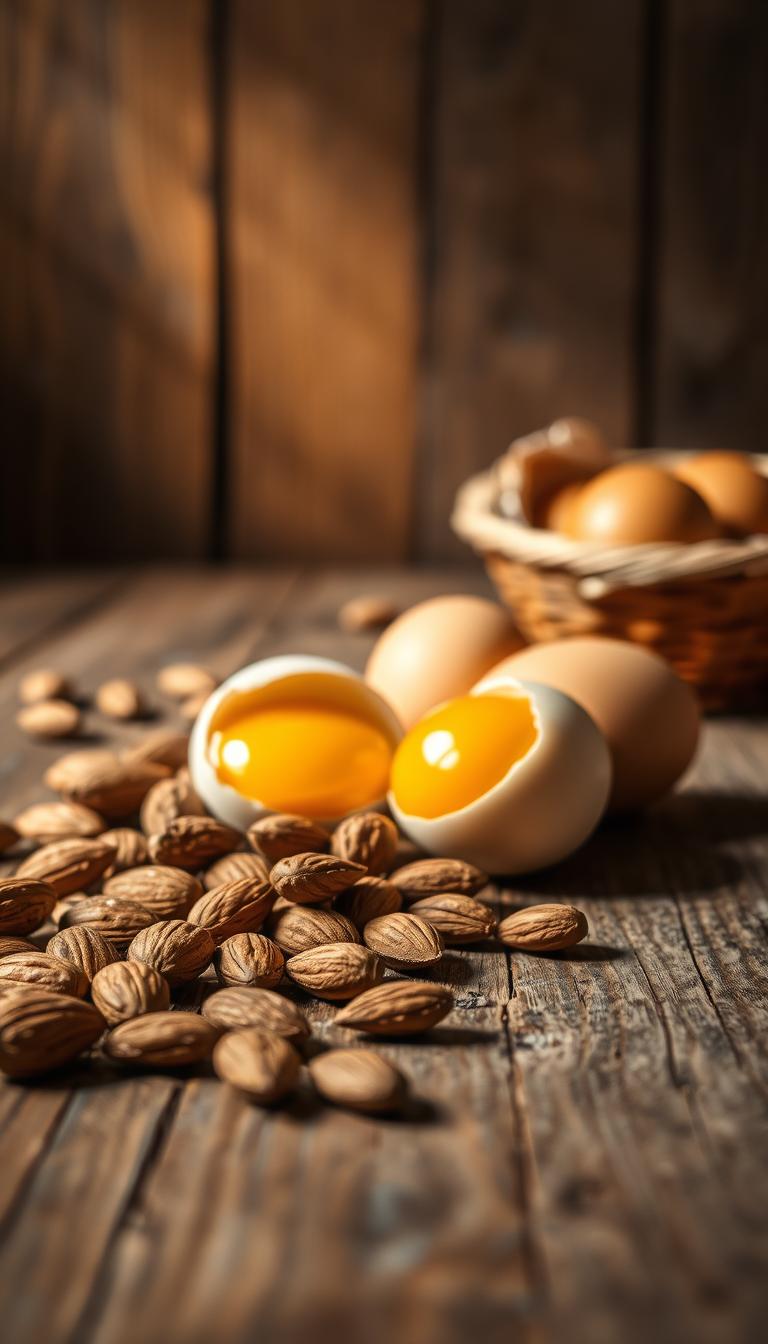
Ever felt your energy drop in the middle of the day, even after eating? Protein might be what you need. It helps build muscles, fix cells, and keeps your metabolism going. The right foods can make you feel full and focused.
Every bite of protein-rich foods counts. Eggs in the morning and almonds after working out can make a big difference. Foods like chicken breast or quinoa have all the amino acids your body needs. There’s something for everyone, whether you eat meat or plants.
Key Takeaways
- Protein fuels muscles, supports immunity, and keeps you full longer.
- Complete proteins like eggs or salmon provide all essential amino acids.
- Your daily needs start at 0.36g per pound of body weight, but activity levels matter.
- Options range from plant-based (lentils, tofu) to animal sources (lean beef, Greek yogurt).
- A high-protein diet can boost energy and help manage weight.
Why Protein is Essential for Your Health
Protein isn’t just for bodybuilders—it’s vital for every cell in your body. It helps repair tissues and fuels energy. Understanding its role can change your diet. Let’s explore its key functions.
The Building Blocks of Your Body
https://www.youtube.com/watch?v=dphdV64RPnI
Your body needs amino acids to build proteins. There are 20 types, with nine being essential protein you must eat. These amino acids make up muscles, organs, and hormones.
Without enough, your immune system gets weaker, and recovery takes longer. Animal products like eggs and fish have all essential amino acids. Plant-based foods like beans and quinoa offer complete protein when combined.
Protein’s Role in Muscle Development
For muscle building protein, timing is key. After workouts, muscles need amino acids to rebuild and grow. Aim for 20-40 grams of protein within two hours of exercise.
Strength training and enough protein boost muscle mass. Salmon and tofu are great choices—they’re rich in amino acids and healthy fats.
How Protein Supports Weight Management
Choosing protein for weight loss can help control hunger. High-protein meals slow digestion, keeping you full longer. Studies show diets with 25-35% protein calories reduce hunger hormones like ghrelin.
For example, a cup of lentils has 18g protein and fiber. It’s a filling choice. Plus, digesting protein burns more calories than carbs or fats, boosting your metabolism.
Animal-Based Protein Foods to Power Your Day
Animal protein has all the amino acids you need. It’s a key part of many diets. Find your favorites like lean meats, fish, dairy, and eggs to keep you going all day.
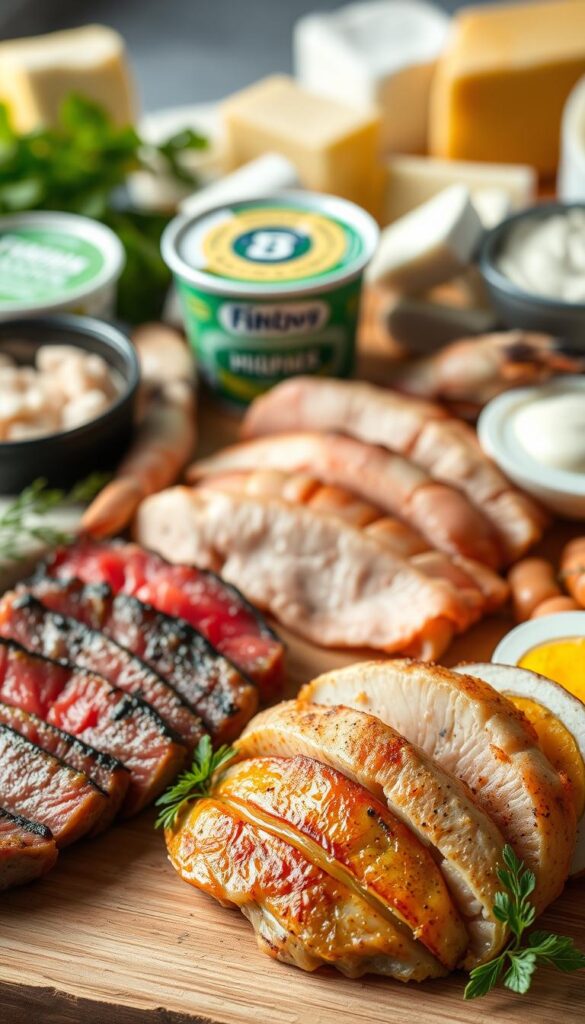
Lean Meats That Pack a Protein Punch
Go for lean meat protein for meals that are both light and filling. Here are some good choices:
- Chicken breast (26.7g protein per half-breast)
- Lean beef (24.6g per 3oz)
- Ground turkey (18.6g per 3.5oz patty)
- Bison (21.6g per 3oz)
Choose tender cuts like tenderloin or loin. They have less fat and more protein for building muscle.
Fish and Seafood Options for Omega-Rich Protein
Seafood is not just protein; it’s also full of omega-3s. Here are some great options:
- Salmon (21.6g protein + 2.3g omega-3s per 3oz)
- Shrimp (19.4g per 3oz serving)
- Canned sardines (8g protein per small fillet)
Omega-3s in fatty fish are good for your brain and heart. They help fight inflammation too.
Dairy Products as Complete Protein Sources
Dairy protein is packed with protein and calcium. Try these:
- Cottage cheese (28g per cup)
- Plain Greek yogurt (19.9g per 7oz container)
- Low-fat milk (8g per cup)
Choose unsweetened options to avoid added sugars. They’re great for boosting your protein.
Eggs: The Versatile Protein Powerhouse
One egg protein has 6.3g of protein and 14 essential nutrients. Use them in:
- Omelets with veggies for a balanced breakfast
- Hard-boiled snacks (6g protein each)
- Egg salad with whole-grain bread
Buy pasture-raised eggs for more vitamins like vitamin D and omega-3s.
Plant-Based Protein Foods for Every Diet
Exploring plant protein options means finding variety. Your body needs nine essential amino acids. Beans, grains, and seeds provide these, making sure you get them all.
Think of vegan protein staples like lentils (8.84g per ½ cup) or chickpeas (7.25g per ½ cup). Pair them with rice or quinoa for balanced nutrition.
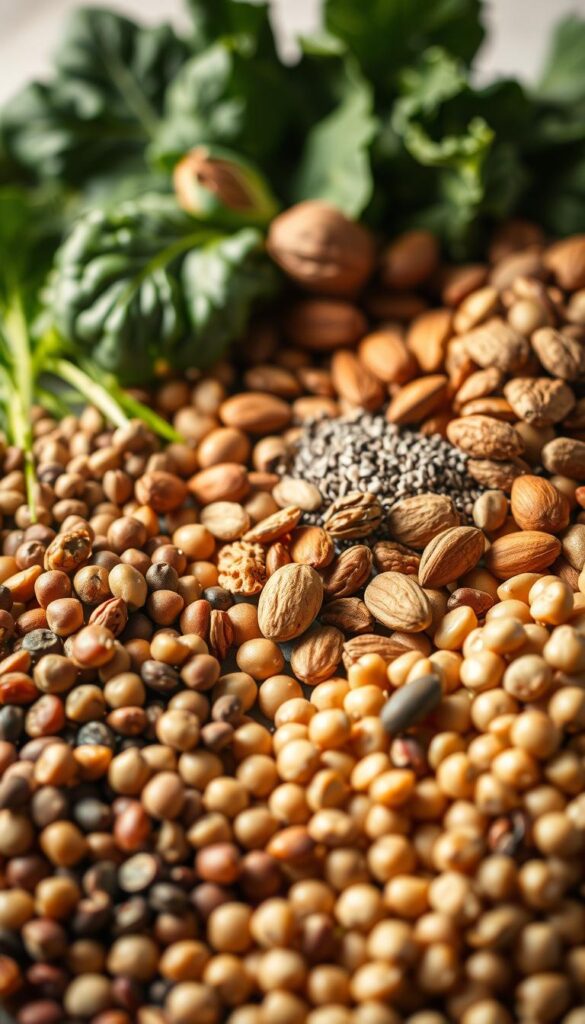
Legumes are vegetarian protein powerhouses. Black beans have 15.2g of protein per cup. Edamame gives 8g per ½ cup.
Chia seeds (2g per tbsp) or hemp seeds (5g per tbsp) add protein to smoothies or oatmeal. Even broccoli (4g per stalk) contributes when mixed with nuts or tofu.
- Quinoa (8g per cup): A complete plant-based diet staple with magnesium and fiber.
- Tempeh (15g per ½ cup): Fermented soy with a firm texture for stir-fries.
- Pumpkin seeds (24.4g per 100g): Mix into salads for crunch and iron.
“Pair grains like brown rice with soy-based foods like tofu to maximize protein absorption,” says registered dietitian nutritionist Julieanna Hever.
Seitan (21g per ⅓ cup) mimics meat in texture. Peanut butter (20.5g per ½ cup) adds protein to toast or smoothies. Even humble potatoes pack 8g of protein each when baked.
With so many options, building a plant-based diet is both flexible and nourishing.
Complete Guide to Protein Foods for Vegetarians and Vegans
Find plant-based protein options that fuel your body without animal products. Whether you’re new to vegetarianism or refining your vegan meal plan, these foods provide essential amino acids and energy.

Legumes and Beans: Affordable Protein Alternatives
Legumes like lentils and black beans are protein powerhouses. A cup of cooked lentils delivers 17.9g of protein and fiber. Try adding chickpeas (7g per ½ cup) to salads or hummus. Legume protein is also budget-friendly—beans cost pennies per serving. Pair with rice or quinoa for complete nutrition.
Nuts and Seeds: Portable Protein Snacks
Pumpkin seeds offer 13.7g protein per cup, making them perfect for snacking. Almonds (6g per ounce) and pistachios (6g per ounce) add crunch to salads or yogurt. Nut butters like almond or peanut butter (7g per 2 tbsp) boost oatmeal or smoothies. Opt for unsalted options to keep sodium low.
Tofu, Tempeh, and Other Soy Products
Tempeh shines with 20.3g protein per 100g—try marinating it before grilling. Tofu absorbs flavors well in stir-fries, and edamame (soybeans) make a quick snack. Choose minimally processed soy foods like soy milk (8g per cup) for balanced nutrition.
Plant-Based Protein Combinations
Pair grains like quinoa (4g per ½ cup) with beans for complete amino acids. Veggie burgers (11g protein) and seitan (25g per 100g) simplify meal prep. Sprinkle chia seeds (5g per ounce) into smoothies for extra soy protein and omega-3s. Variety ensures you hit daily needs without supplements.
How Much Protein Do You Really Need?
Knowing your protein requirements starts with understanding your body’s needs. Most adults need at least 0.8g of protein per kilogram of body weight. But, if you’re active or have health goals, you might need more. Let’s simplify it:
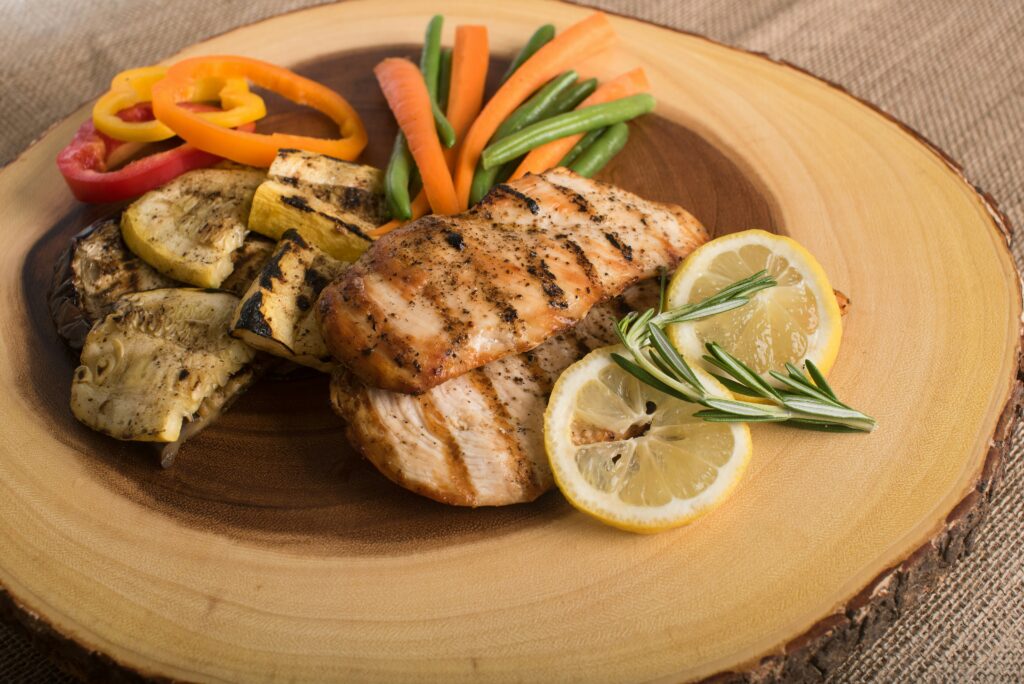
Daily Protein Requirements Based on Your Lifestyle
Your daily protein intake depends on how active you are and your goals. Here’s a quick guide:
- Sedentary: 0.8g/kg (56g for men, 46g for women)
- Active adults: 1.2–2g/kg (82–116g for a 150-lb person)
- Athletes/recovering: Up to 2g/kg
| Meal | Protein Goal | Example |
|---|---|---|
| Breakfast | 30g+ | 3 eggs + ½ cup Greek yogurt |
| Lunch | 25g | Baked salmon with quinoa |
| Snacks | 10–15g | Handful of almonds or edamame |
Signs You Might Not Be Getting Enough Protein
Watch for these signs of protein deficiency:
- Unusual fatigue or weakness
- Slow wound healing
- Hair loss or brittle nails
- Frequent illness
Can You Consume Too Much Protein?
Too much protein consumption (over 35% of daily calories) can harm your kidneys, especially if you have kidney issues. High protein diet risks include dehydration and not getting enough other nutrients. Try to eat 30g of protein at breakfast for muscle health.
Always talk to a doctor before changing how much protein you eat, especially if you have kidney problems. It’s important to find a balance. Eat whole foods like beans, fish, and plants for a healthy diet.
Quick and Easy High-Protein Meal Ideas
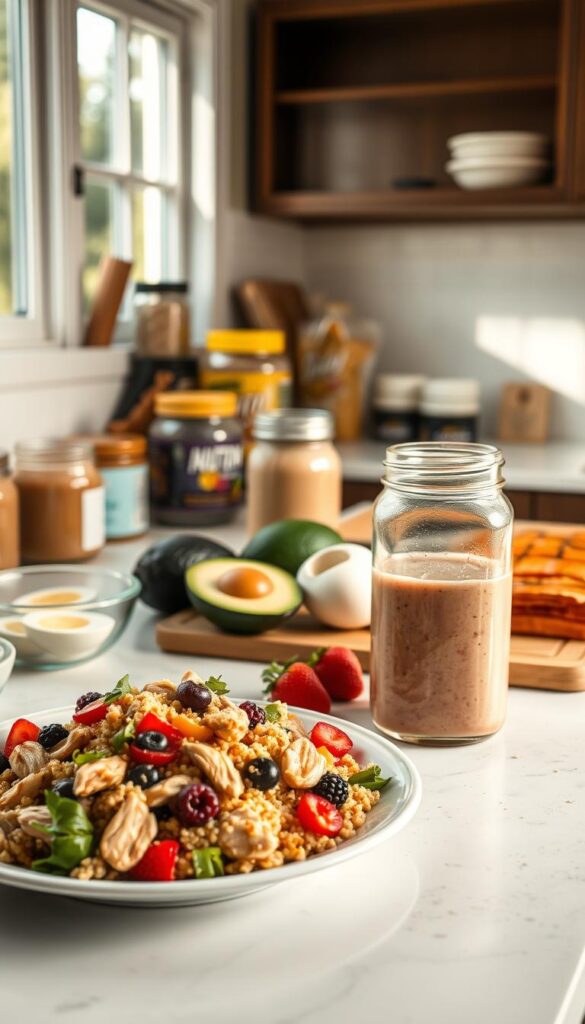
Looking forhigh protein recipesthat don’t take over your kitchen? Start with aprotein-rich breakfastlike cottage cheese baked ziti or a Greek yogurt parfait. Both have 15–20g protein and are ready in 10 minutes.
For lunch, try a protein-packedprotein lunch ideassuch as turkey gyro bowls or lemon-garlic chicken with green beans. Mix grilled chicken with quinoa and veggies for a 300-calorie meal in under 20 minutes.
Dinner options like salmon quinoa bowls or shrimp and broccoli stir-fry makeprotein dinner recipeseasy. Salmon pasta with artichokes has 25g protein per serving and is ready in 25 minutes.
Snack smart with hard-boiled eggs, roasted edamame, or peanut chicken protein bowls. A protein smoothie with oats and protein powder is a quick post-workout option.
- Protein meals like creamy chicken and mushroom pasta use rotisserie chicken for a 15-minute fix.
- Try spicy chicken casserole with quinoa for a hearty dinner under 300 calories.
- White bean and smoked sausage skillet combines plant and animal protein in one pan.
Batch-cook staples like hard-boiled eggs or grilled chicken to save time. Pair proteins with veggies and whole grains for balanced nutrition. These ideas make meals tasty, efficient, and protein-packed without hassle.
Protein-Rich Foods for Special Dietary Needs
It’s easy to meet your protein needs on special diets. Find foods that match your diet without losing nutrition. Learn how to pick the right foods for low-carb, gluten-free, or dairy-free diets.
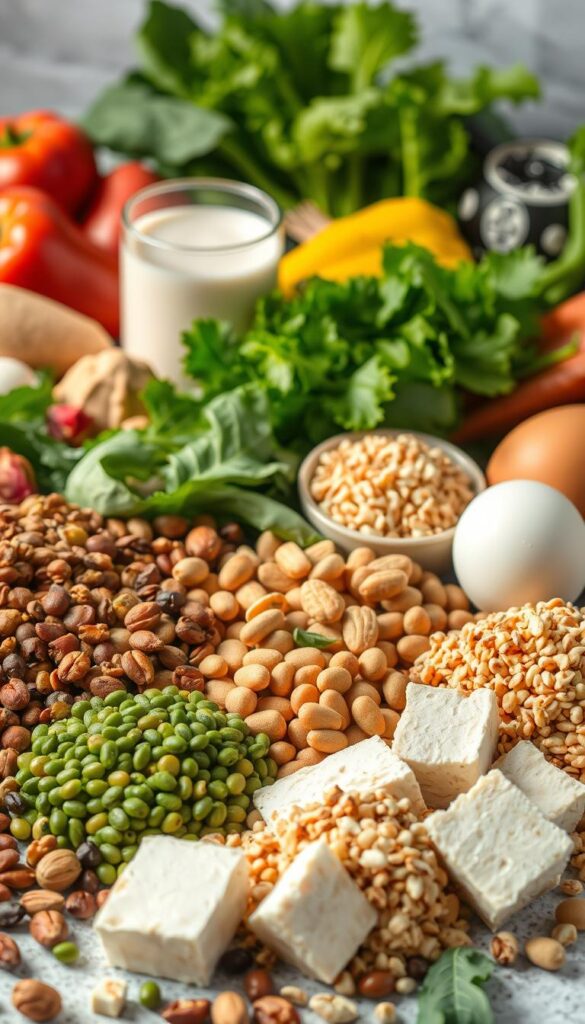
Low-Carb High-Protein Options
Try these low-carb protein foods:
- 93% lean ground beef (22g protein/3 oz)
- Skinless chicken breast (27g protein/3 oz, 139 calories)
- Fatty fish like salmon (19g protein/3 oz)
- Broccoli (2.57g protein/cup, great as a low-carb veggie)
Add keto protein foods like eggs (6g protein each) or almond butter (7g protein/2 tbsp).
Gluten-Free Protein Sources
Go for gluten-free options like:
| Food | Protein | Details |
|---|---|---|
| Teff | 13.3g/100g | Grain for gluten-free baking |
| Tempeh | 20g/100g | Soy-based and amino acid-rich |
| Chicken breast | 27g/3 oz | Always gluten-free |
Choose certified gluten-free oats or look for “no cross-contact” labels to avoid contamination.
Dairy-Free Ways to Get Your Protein Fix
Enjoy dairy-free protein with:
- Tempeh (20g/100g)
- Almond milk fortified with protein (check labels)
- Chickpeas (6g protein/80g cooked)
- Pumpkin seeds (7.3g/30g)
Pair legumes like lentils (18g/cup) with grains for complete amino acids.
Protein Supplements: When and How to Use Them
Whole foods are key, but supplements can fill gaps. Use them post-workout or when you’re in a hurry. This way, you meet your goals without skipping meals. Here’s how to pick the right ones.
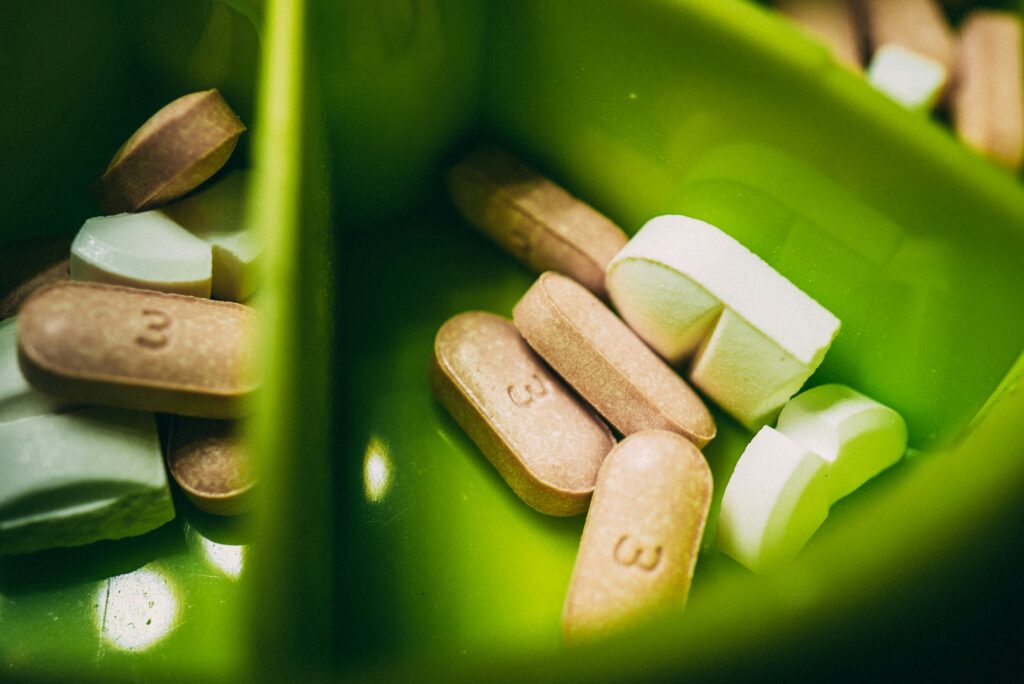
Whey Protein: Benefits and Best Practices
Whey protein powder is fast to absorb and full of BCAAs. You have three types:
- Concentrate: Affordable, but may have lactose
- Isolate: Lactose-free, higher purity
- Hydrolysate: Pre-digested for quick absorption
Drink it with water or shakes for recovery. But watch out for added sugars. Look for NSF Certified or Informed Sport for quality.
Plant-Based Protein Powders Explained
Pea, soy, or rice protein powders are great for vegans. Pea protein (15g/scoop) works well with rice for amino acids. Choose blends for the best mix. Make sure they’re tested for quality.
Protein Bars: Choosing the Right Options
Choose bars with at least 10g protein and less than 10g sugar. Stay away from bars that taste like candy. Go for brands with fewer artificial additives.
| Type | Protein Per Serving | Key Benefit | Considerations |
|---|---|---|---|
| Whey | 16.6g (28.6g scoop) | Rapid absorption | May contain lactose |
| Pea Protein | 15g (20g scoop) | Vegetarian-friendly | Need blending for completeness |
Always eat whole foods first. Use supplements when you can’t get enough from meals. For quick breakfasts, mix protein into smoothies. Add spinach and berries for extra nutrition. Always check labels for hidden sugars!
Common Myths About Protein Foods Debunked
Sorting through protein myths can feel overwhelming. Let’s clear the confusion with protein facts that matter. Many believe animal vs plant protein debates require choosing sides, but the truth is more flexible than you think.
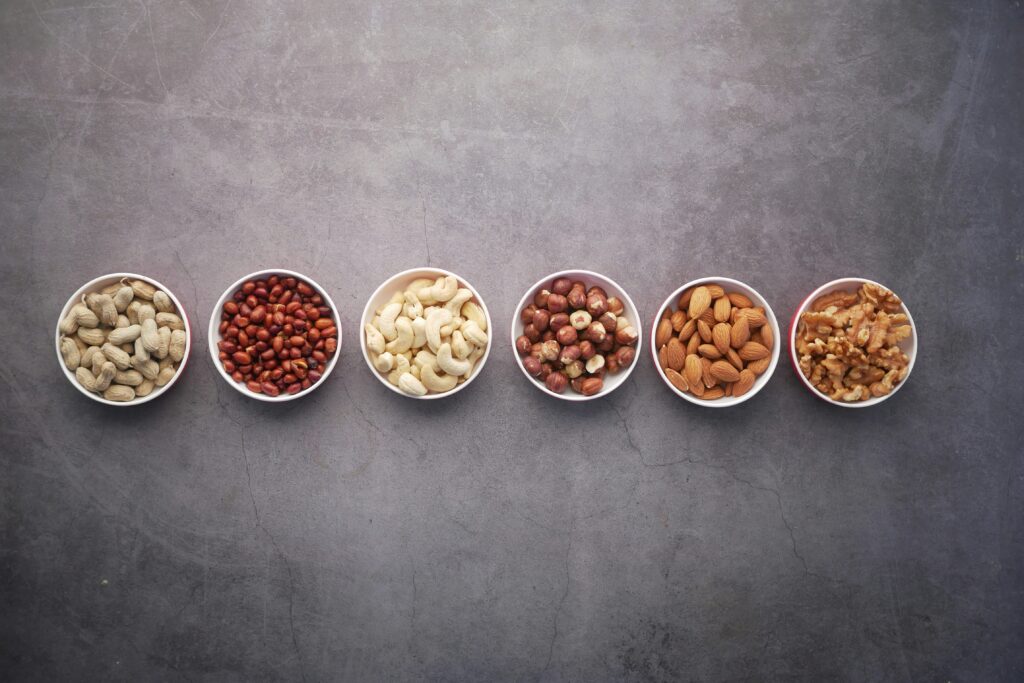
- Myth: Only athletes need high protein intake.
- Fact: Everyone needs protein for muscle repair, immunity, and energy—especially older adults to prevent age-related muscle loss.
- Myth: Complete protein myths claim plant sources are inferior.
- Fact: While quinoa has less leucine than animal proteins, combining plant foods like beans + rice or lentils + whole grains provides all essential amino acids.
- Myth: High protein diets damage kidneys.
- Fact: Healthy kidneys handle moderate protein. Issues arise only when 35%+ of daily calories come from protein—or if preexisting kidney disease exists.
- Myth: Plant proteins are “incomplete.”
- Fact: Soy stands out as a complete plant protein. A varied diet naturally covers all amino acids without needing “magic combinations” at every meal.
Forget the idea that protein supplements are only for bodybuilders. Busy professionals and post-illness recovery often benefit from shakes or bars for convenience. And while some worry about bone health, research shows adequate protein intake supports—not harms—bone strength.
Remember: There’s no one-size-fits-all approach. Whether you choose chicken, tofu, or a mix of both, focus on distributing protein evenly across meals to fuel your unique needs. Science says plant-based protein sources like legumes and nuts deliver fiber and antioxidants alongside their protein punch.
Conclusion: Building Your Personalized Protein Plan
Your protein plan starts with knowing your protein goals. Active adults need 0.54–0.9 grams per pound of body weight daily. Use this range as a starting point, then adjust based on your activity level or fitness goals.
Choose nutrient-dense sources like grilled chicken or tofu. Focus on foods that fuel your body well.
Distribute protein intake evenly across meals for better absorption. Pair plant-based foods like beans with grains for complete amino acid profiles. If you work out, eat high-quality protein like Greek yogurt or eggs within two hours post-exercise to support muscle repair.
Tracking how different sources affect your energy and hunger levels helps refine your personalized nutrition strategy.
A balanced diet means protein isn’t the only focus. Pair your protein-rich meals with vegetables, whole grains, and healthy fats for a well-rounded approach. Choose whole foods first, but consider supplements like whey or plant-based powders on busy days.
Adjust portions to match your unique needs, whether you’re aiming to build muscle or maintain overall health.
Healthy eating habits start with small changes. Start by swapping a snack with almonds or a hard-boiled egg. Experiment with recipes that mix quinoa, lentils, or salmon to meet your goals without feeling restricted.
Your body’s response will guide tweaks over time. Remember, there’s no one-size-fits-all plan—your choices should align with how you feel and what works best for your lifestyle.
FAQ
Why is protein important in my diet?
Protein helps build and repair tissues. It also supports your immune system. It makes you feel full after eating.
It gives your body the amino acids it can’t make itself. This is key for staying healthy.
How much protein should I consume daily?
Healthy adults should aim for 0.36 grams of protein per pound of body weight. But, your needs can change based on your activity level, age, and health.
What are complete proteins?
Complete proteins have all nine essential amino acids your body needs. Foods like meat, eggs, and dairy are complete. But, many plant-based proteins need to be mixed to get all amino acids.
Are there good plant-based protein sources?
Yes! Foods like black beans, lentils, nuts, seeds, and quinoa are high in protein. Eating a variety of these can give you all the amino acids you need.
How can protein help with weight management?
Protein can make you feel full by raising satiety hormones. It also burns more calories than carbs or fats when digested.
Should I consider protein supplements?
Supplements can be helpful for convenience or after workouts. But, they shouldn’t replace whole foods. Whole foods give you more nutrients than supplements.
What are some easy high-protein meal ideas?
Try Greek yogurt parfaits or protein smoothies for breakfast. For lunch, make mason jar salads with chicken or chickpeas.
Dinner options include stir-fries with tofu and veggies or sheet pan meals with lean protein.
Can I eat too much protein?
While protein is important, eating too much can harm your kidneys. It’s key to balance your protein intake with other nutrients.
What are the best protein sources for special diets?
For low-carb diets, eat eggs, fatty fish, and certain cheeses. For gluten-free, choose quinoa, legumes, and dairy.
For dairy-free, try plant milks, legumes, and whole proteins from meat and fish.
Are all protein sources equal in quality?
No, different proteins have different amino acid profiles and nutrient levels. Animal proteins are often complete and easy to digest. But, some plant proteins may lack certain amino acids.

